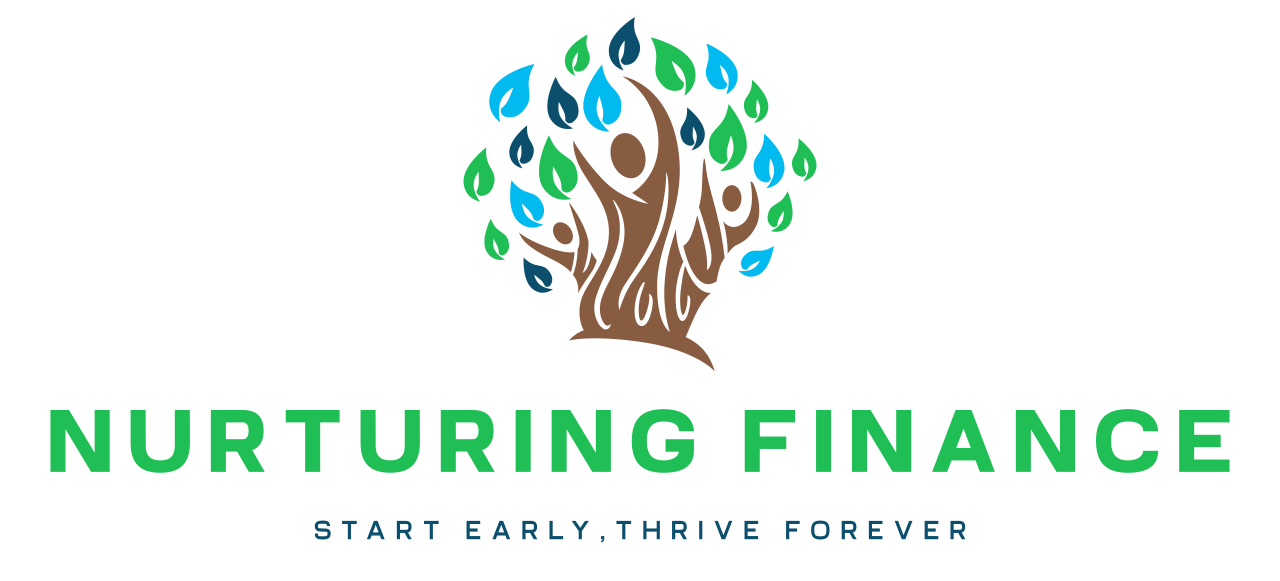Middle schoolers sit in that tricky space between being kids and becoming teens. One day they want to play outside, and the next they are asking for a debit card or shopping on online marketplaces. This is actually a perfect time to introduce more real-life money concepts. The lessons they learn now set the tone for how they will manage bigger financial decisions later.
Financial literacy for middle schoolers is more than just learning to count change or open a savings account. It is about using cash in day-to-day situations—buying lunch at school, saving up for something important, or realizing what gets traded off to make a purchase. If they build comfort with those moments now, their confidence will show up when more serious choices come along.
Smart Money Lessons That Actually Stick
The best financial habits grow out of everyday events. For middle schoolers, money gets real when it is tied to things they care about. If they get an allowance, birthday bills, or chore cash, show how those little amounts add up—especially when they start eyeing a game, new shoes, or tickets to a fun event.
Try short, steady money conversations instead of long meetings. A five-minute chat about money goals or spending plans, once a week, does more than one big talk. Set up a goal jar so they can track savings. Something as basic as counting lunch money before school or adding up receipts after shopping builds helpful experience.
Keep repeating those ideas. The more you come back to the same topics, the more they stick. Ask about recent spending choices, and talk honestly about whether they would do the same thing again. Every conversation adds another layer of comfort with money.
Why Hands-On Practice Beats Lectures
Kids learn best by doing. Handling real dollars and coins makes lessons memorable and keeps them focused. Counting coins for a snack run or giving exact change at a store gives them practical experience they cannot get from just hearing about it.
Use games and mock stores at home. Let your child set up a pretend shop with snacks, markers, or extra notebooks. They get to shop, add up prices, make change, and explain their choices. These moments become memorable and deliver useful lessons.
The heart of good money lessons is the idea of trade-offs. Spending now means waiting longer for something else. Teaching them to pause and weigh a decision gives them real skills that come back later, when choices get bigger.
Tying Choices to Their Own Dollars
When your child earns money, even from chores or gifts, they are ready for real practice with choices. Try splitting it up—spend, save, and share. Make three jars, let them choose the amounts, and review together every week or two.
Help your child name their wishes. A short-term goal could be a cool hoodie or art kit. A long-term goal might be a bike or a tablet. Writing down or drawing what they want gives the goal real meaning.
Everyone makes money mistakes. Maybe the birthday money went fast and now a planned purchase is out of reach. Skip the lecture and talk it through. Ask what felt good about the choice and what they would do differently next time. Mistakes teach lessons far better than warnings ever could.
Helping Cash Make Sense in a Digital World
These days, money is not just coins and bills. Middle schoolers are using gift cards, buying game credits, or asking about kid-friendly debit cards. Bridge the gap by connecting what they know about cash to what they see online.
Start with cash in hand, then show how that same $20 can look different as a digital gift card or inside an app. Teach them how to check balances before spending and to think about what each click costs. Quick taps can empty an account before they see the total.
Practice the habit of stopping to decide. Ask questions like, “Is this really worth it?” If they have saved for weeks but want to spend it all on a game tonight, talk through the choice. Teaching kids how digital and physical money link together sets them up for safer, smarter habits as they get older.
Smart Money Habits Start Early
Middle school is an ideal stage to help kids discover how money works. At this age they want more independence and are starting to see the appeal of choice and responsibility. This makes it a great moment to talk honestly and support their first big money experiences.
Do not try to cover everything at once. Repeated, small examples tied to your child’s real world have more impact than a stack of rules. As your child grows more confident holding, spending, and saving their own money, those habits become natural.
Patience and practical examples pay off. Middle schoolers who get real-life cash lessons now will walk into high school with a stronger sense of control, more awareness, and a real shot at smart financial decisions. The confidence to make those choices starts right in their hands.
At Nurturing Finance, we believe building a real-world connection with money starts early and grows with steady support. For more ideas, activities, and guidance on strengthening financial literacy for middle schoolers, we’ve gathered practical topics you can come back to anytime.
